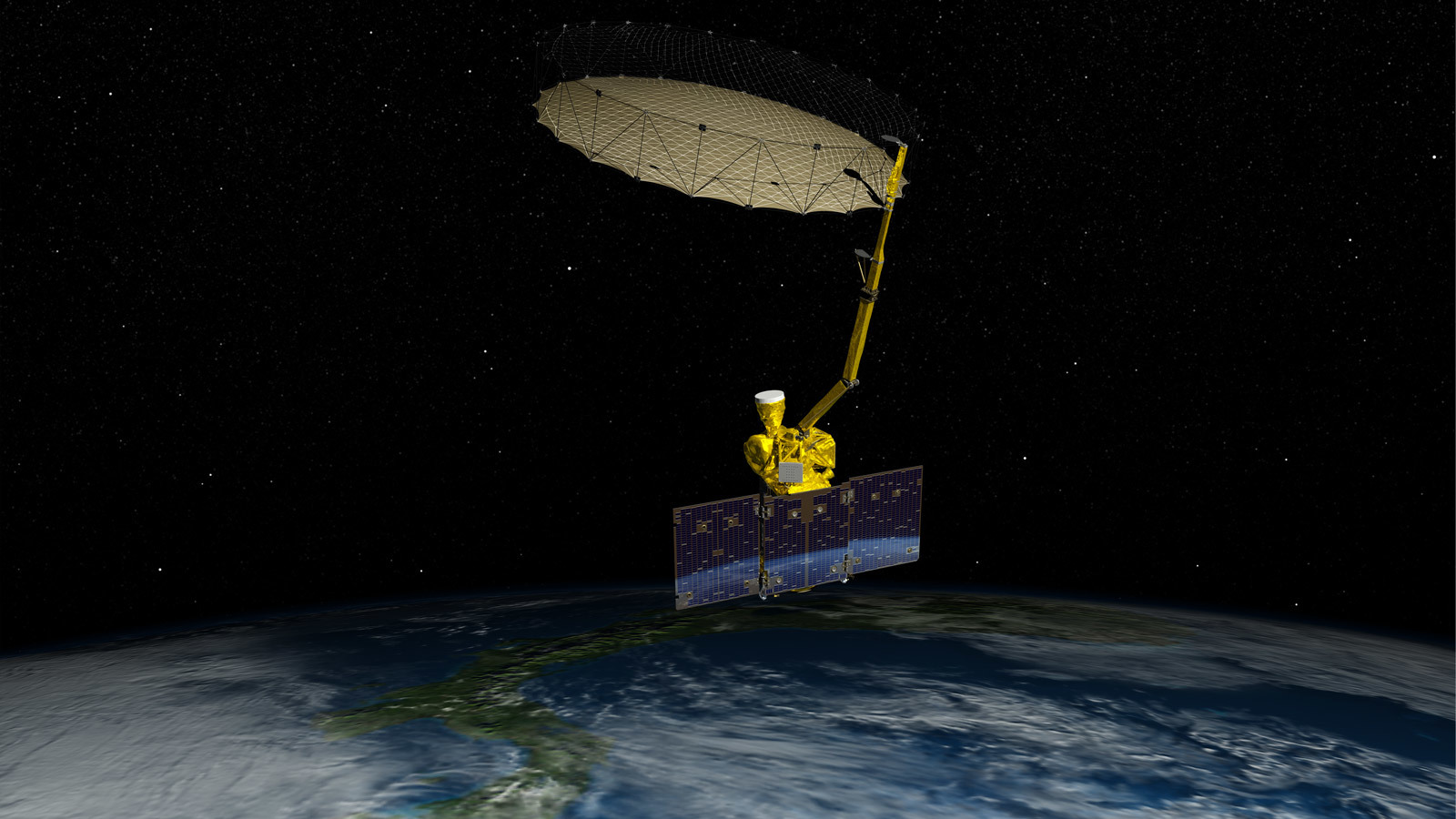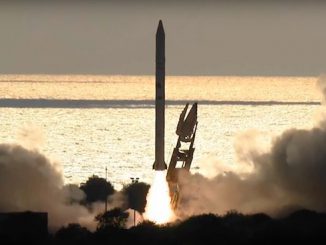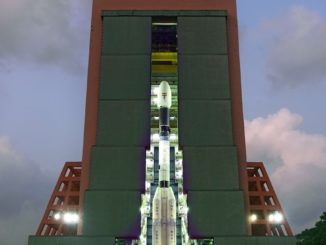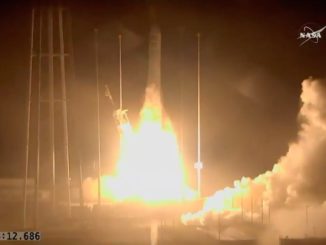
One-half of the instrument payload aboard NASA’s $916 million Soil Moisture Active Passive satellite has failed after collecting just two months of data, NASA announced Wednesday after weeks of troubleshooting turned up no progress in recovering the sensor.
A radiometer instrument on the SMAP satellite continues functioning as designed, returning coarser maps of how much moisture is absorbed into topsoil than possible with the more sensitive radar, officials said.
But the radar was a big part of what set the SMAP mission, led by NASA’s Jet Propulsion Laboratory, apart from other existing satellites with the ability to measure soil moisture on a global scale. Such data is important to scientists who study what drives Earth’s water cycle and climate, and it has tangible benefits for farmers and forecasters who worry over droughts and floods.
“Although some of the planned applications of SMAP data will be impacted by the loss of the radar, the SMAP mission will continue to produce valuable science for important Earth system studies,” said Dara Entekhabi, SMAP Science Team lead at the Massachusetts Institute of Technology in Cambridge, in a NASA press release.
The radar worked by transmitting pulses toward Earth’s surface from SMAP’s orbit 685 kilometers (426 miles) up, forming the “active” part of the mission. The passive radiometer constantly listens for natural microwave emissions from the planet.
Michael Freilich, head of NASA’s Earth science division, said the SMAP spacecraft collects maps of global soil moisture at much lower resolution when operating in radiometer-only mode.
With the radiometer and radar operating simultaneously, scientists said SMAP could map moisture content in blocks of soil approximately 9 kilometers, or 5.6 miles, across. With just the radiometer, the satellite is gathering soil moisture measurements with a resolution of about 40 kilometers, or 25 miles, according to NASA.
The radar is able to distinguish soil moisture variations across smaller geographic areas, but the radiometer is better at detecting the exact amount of water embedded in the soil.
The L-band radar stopped working July 7, and engineers traced the anomaly to the instrument’s high-power amplifier, which cranks up the energy emitted from the radar’s transmitter to more than 500 watts.
The failed component blamed for the radar glitch does not have a backup aboard the spacecraft.
A receiver aboard SMAP was designed to detect radar waves scattered off the Earth’s surface, telling scientists how much moisture was in the top few inches of soil and whether it was frozen or thawed.
Researchers are now developing algorithms to work out how to measure the freeze-thaw state of soil moisture with just radiometer measurements, NASA officials said.
While previous missions, such as the European Space Agency’s Soil Moisture and Ocean Salinity, or SMOS, satellite, have tracked changes in soil moisture levels, SMAP was supposed to be the first mission to couple the radar and radiometer measurements for a much sharper look at finer details.
SMAP launched Jan. 31 on a planned three-year mission and unfurled a rotating 6-meter (19.7-foot) diameter mesh antenna. The critical deployment occurred without a hitch, and SMAP began regular science observations in May, operating as designed for two months before the radar glitch.
NASA said the first data release from the SMAP mission is expected in late September. The data package is expected to include measurements from the time when SMAP’s radar and radiometer were running in tandem.
Officials said the limited data from SMAP’s full sensor suite will help scientists determine the utility of simultaneous radiometer and radar observations to aid in planning for future missions.
Lacking the high-resolution data they hoped for, scientists are looking for other applications for SMAP’s measurements, such as studying the saltiness of the oceans and maritime wind patterns.
Email the author.
Follow Stephen Clark on Twitter: @StephenClark1.



